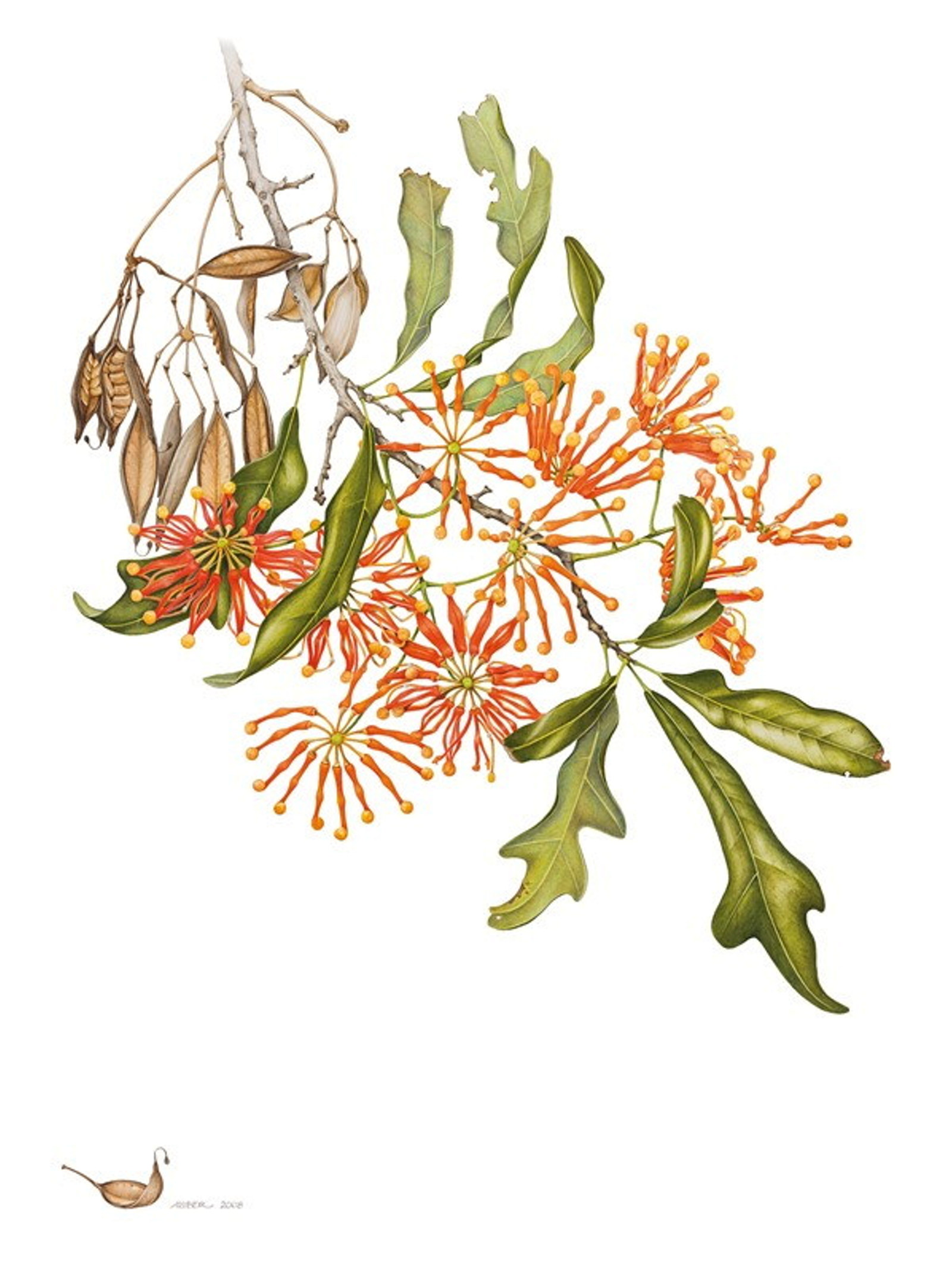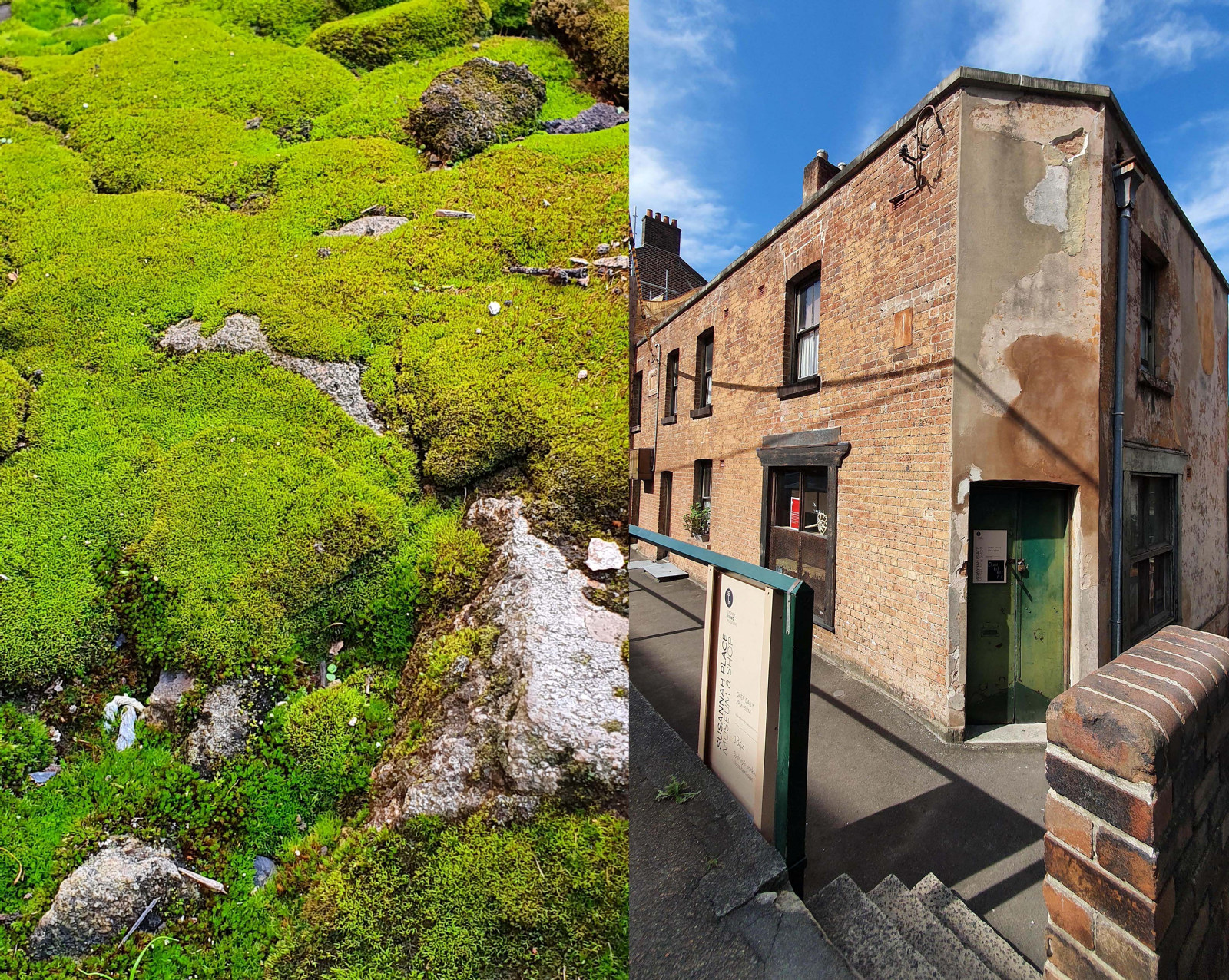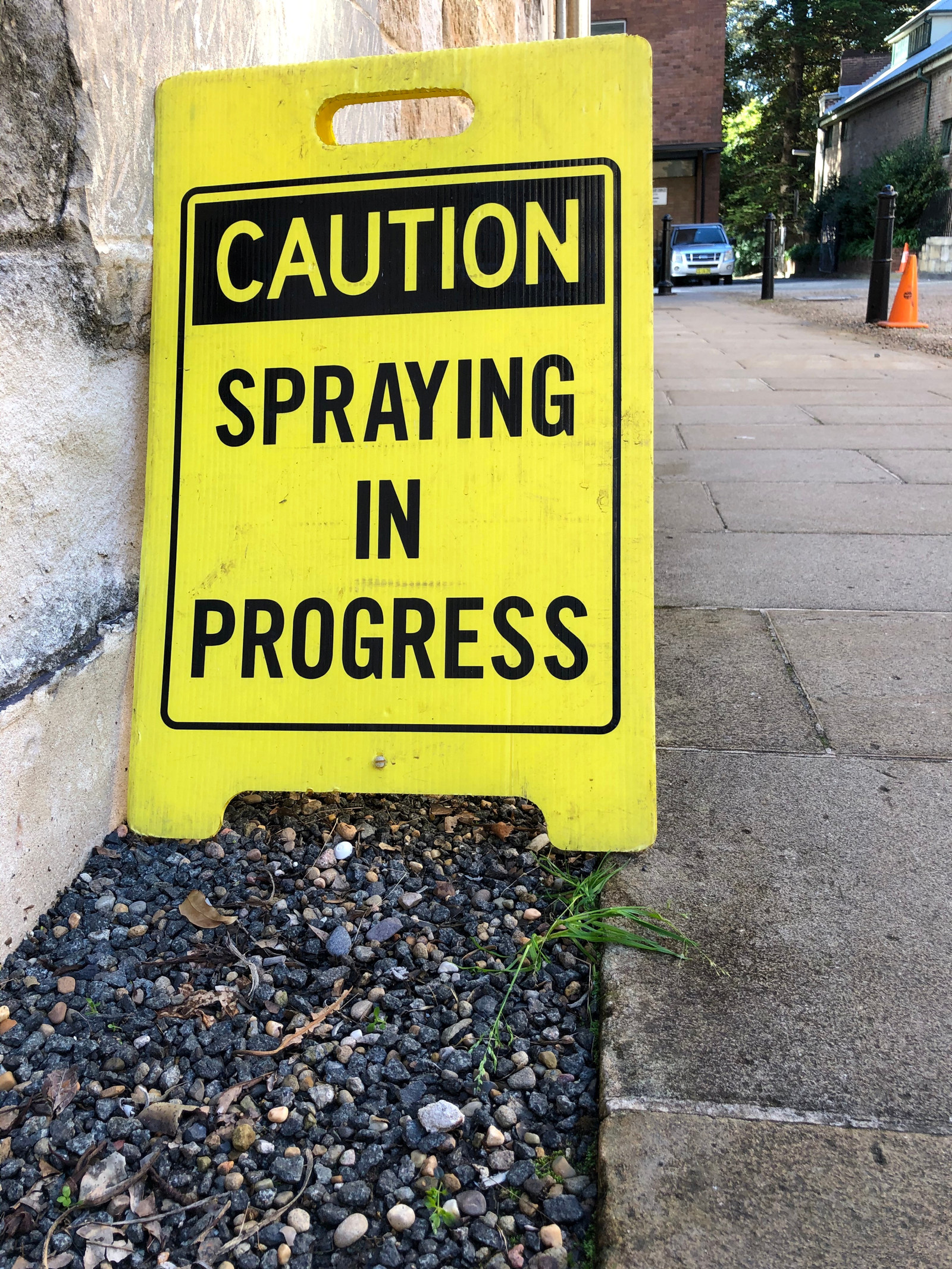Fireworks of garden colour
For the past week several our gardens have been lit up by vivid colour – firework bursts of hot scarlet and pink. These are the flowers of a bromeliad called billbergia pyramidalis – a great ‘garden performer’ also known by its apt name ‘flaming torch’.
Like many bromeliads, ‘flaming torch’ forms a tight cup from its broad leaves, into which water and organic matter falls to feed the plant. This means they can grow in very poor soil, and even epiphytically - on trees. Each plant flowers once, but then sends off numerous offsets from the stem, called ‘pups’, which grow into new plants. Once they have formed their own stems these pups are easily detached to start a new clump or can be given away; though they may require support until they stabilise themselves. Old plants can be removed after they die off over a few years. Dense clumps form quickly, the plants growing to around 40cms high, slightly higher if their stem extends further. The central, torch-like flower which stands upright from the centre of the plant is made up of many individual flowers, in hues of pink, scarlet, and violet-blue, frosted with silver.
Named after the Swedish botanist Gustaf Johan Billberg (1772-1844), they are native to northern South America (Brazil and Venezuela) and the southern Caribbean. Billbergia ‘nutans’, or ‘Queens tears’, is another in this genus. ‘Flaming torch’ makes a great potted specimen, to bring out to a feature position when in flower. They are grown like this at Elizabeth Farm, and also in drifts on the ground. They like dappled light or shade, burning easily if in full sun - and are low maintenance: a splash of water in the cup and some organic matter around their base is likely all they will need. And a bonus for gardeners – like its jewelled cousin, ‘flaming torch’ does not have the myriad of tiny thorns found on many bromeliads!
Published on
Plant your history
Browse all
Florilegium plants
A gathering of flowers: the Florilegium collection
Finely detailed botanical artworks reveal the range of plants introduced to Sydney’s gardens over the past 200 years

Plant your history
A mossy analogy for Susannah Place: small but mighty
Mosses are everywhere! They are small, mighty, unsung and inhabit the most unusual places. They can be found in all our museum outdoor spaces if one looks closely enough

Plant your history
A new weapon in the war on weeds
A black and yellow sign warns me there is “Spraying in Progress”, and I wonder for a moment why no one is wearing a mask, or even gloves. But the dangerous looking mist enveloping these men is not what it seems

Plant your history
Acanthus - an apt symbol for The Mint
Look at any classical building today, anywhere in the world and chances are you will find an acanthus leaf lurking somewhere
